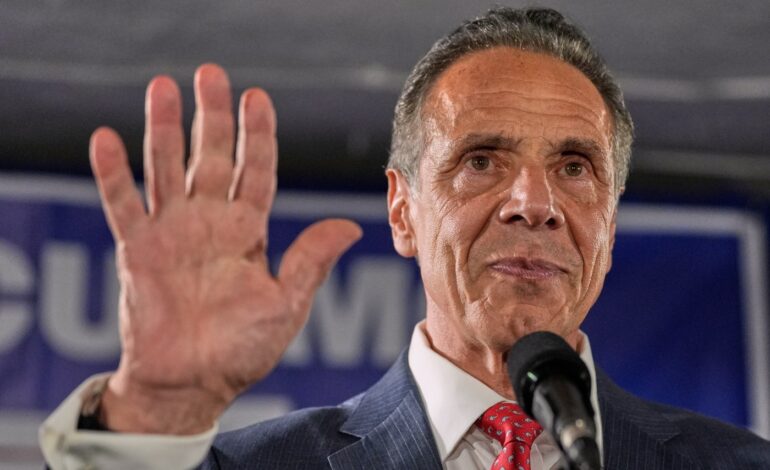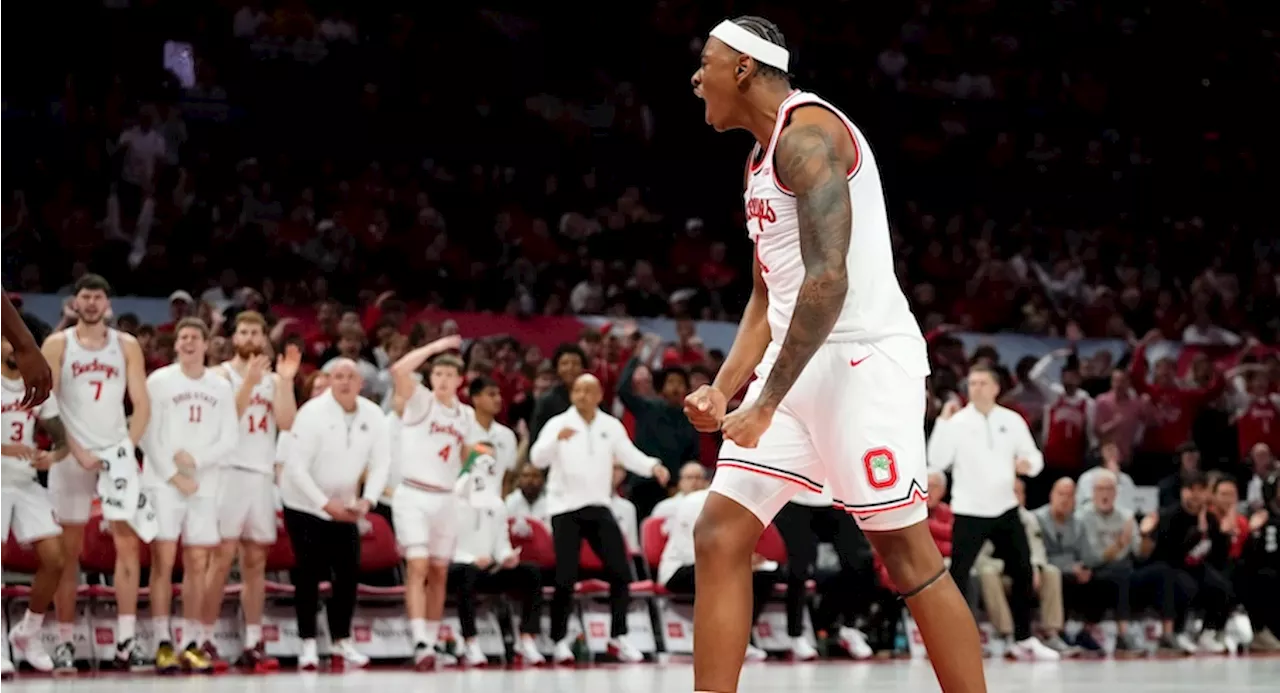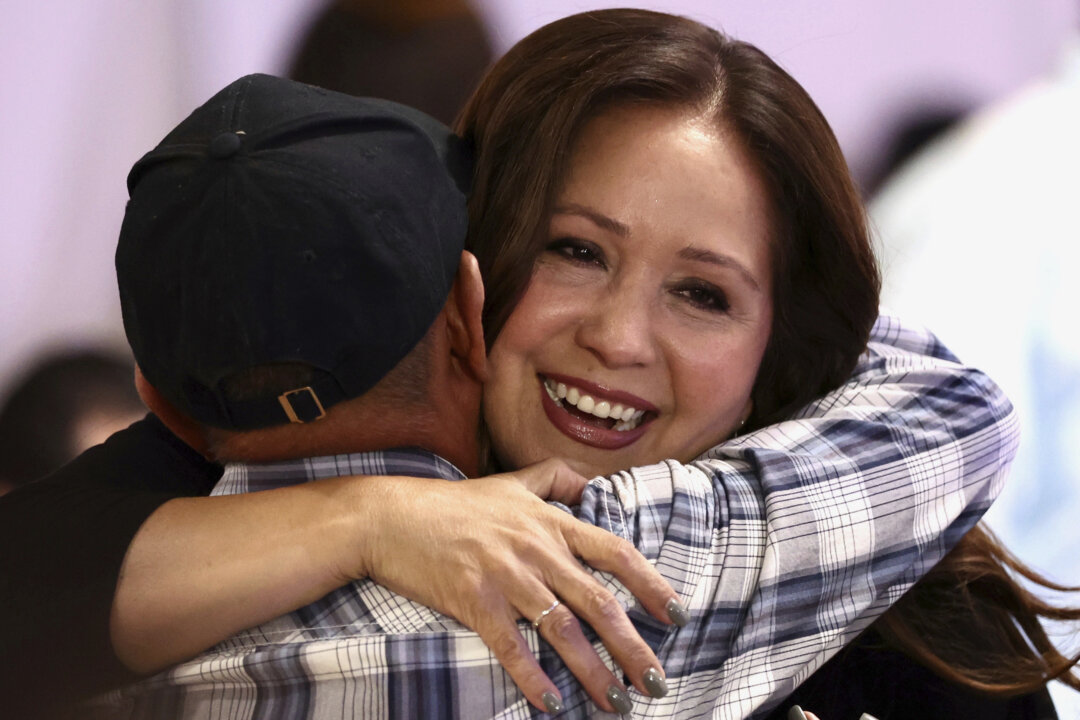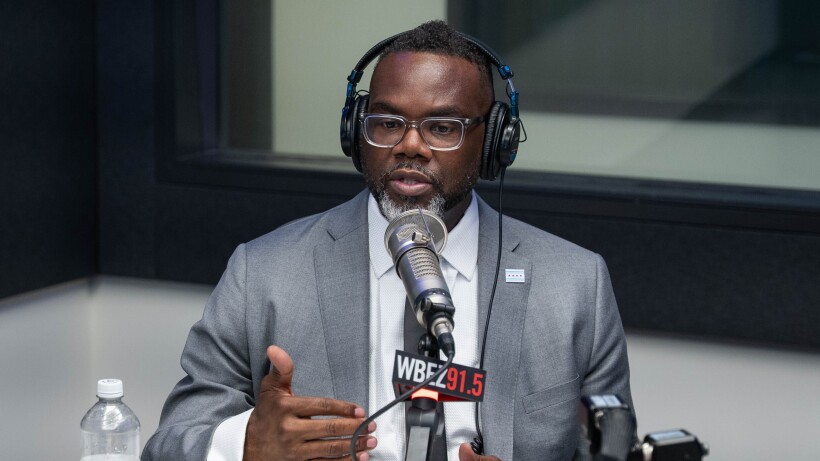Andrew Cuomo Reboots Campaign Strategy Ahead of NYC Election

Former New York Governor Andrew Cuomo has launched a renewed effort to revitalize his mayoral campaign as he transitions to running as an independent candidate. Announcing his decision to stay in the race on July 14, 2025, Cuomo aims to adopt a more aggressive outreach strategy, particularly in neighborhoods that previously supported him during the primary elections.
Cuomo’s campaign has focused on engaging directly with voters in areas where he performed well against his primary opponent, Zohran Mamdani. His recent activities include visits to various neighborhoods, such as the Bronx, Queens, and Staten Island, as well as the Upper West Side. According to political strategist Trip Yang, Cuomo appears to be concentrating his efforts in regions that are likely to yield favorable results in the upcoming general election.
“Cuomo is spending his candidate time in areas that his campaign prioritized in the primary,” Yang explained. He emphasized that neighborhoods with moderate voters in the primary would likely reflect similar sentiments in the general election, making them crucial for Cuomo’s electoral strategy.
However, Yang pointed out that Cuomo’s approach may seem conservative, as he has avoided areas like Williamsburg and Astoria, where Mamdani garnered significant support. “Are we going to [Democratic Socialists of America] clubhouses? No,” said Rich Azzopardi, Cuomo’s spokesman. He added that the campaign’s outreach will be broad, covering both successful and challenging areas from the primary.
Since re-launching his campaign, Cuomo has visited a total of sixteen neighborhoods, including Midtown and Washington Heights, with plans to appear in Jackson Heights and East Harlem soon. The candidate has shifted his strategy to become more accessible to the media, participating in one-on-one interviews to build rapport with voters.
In a recent interview on CNBC, Cuomo acknowledged the differences in the upcoming election, stating, “It’s a different electorate. It’s bigger, it’s more moderate. You have independents, you have Republicans voting.” This signals a strategic pivot to appeal to a wider range of voters, particularly in the outer boroughs.
Cuomo’s campaign is also adopting elements from Mamdani’s successful ground outreach. The campaign has begun releasing casual videos featuring Cuomo interacting with constituents, which has been a hallmark of Mamdani’s strategy focused on affordability and community engagement. Clips show Cuomo shaking hands, visiting local senior centers, and dining at neighborhood restaurants, particularly in areas where he achieved significant victories, like Co-op City and Lefrak City.
Despite these efforts, Cuomo faces formidable challenges. Mamdani’s unexpected primary victory, winning by thirteen points, has reshaped the political landscape, surprising many establishment figures and wealthy donors. Additionally, unions that previously supported Cuomo are now leaning towards Mamdani, along with endorsements from influential politicians like Rep. Adriano Espaillat.
Cuomo is also contending with incumbent Mayor Eric Adams, who has adopted more moderate positions similar to Cuomo’s. As support for Adams grows, alongside an increase in fundraising, Cuomo’s campaign may need to engage more decisively with potential voters who are shifting their allegiance.
As the election date approaches, Cuomo’s efforts to connect with voters through a more hands-on approach will be tested against the backdrop of a competitive political environment. With the general election scheduled for November, his ability to adapt to a broader electorate may determine the campaign’s success.






